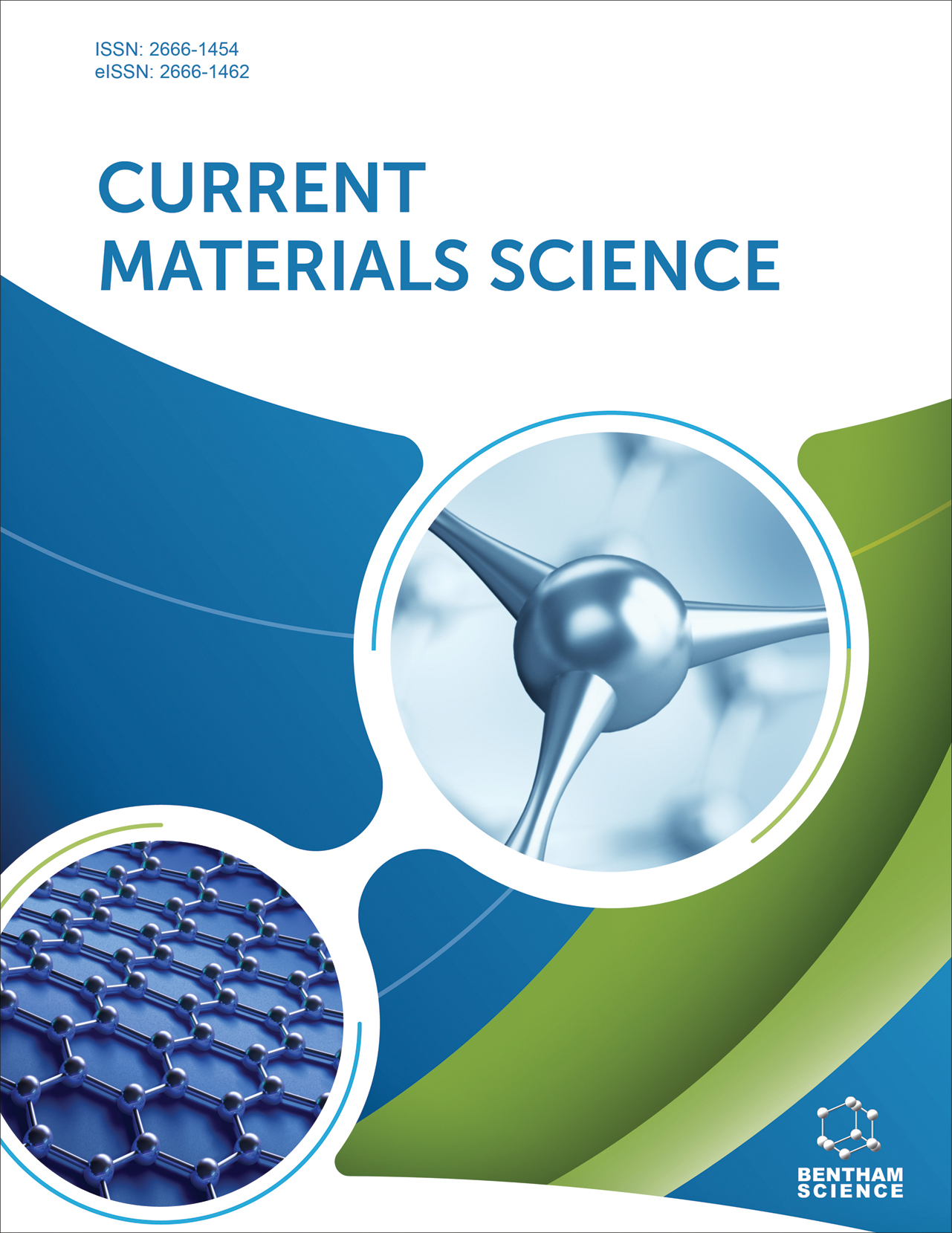
Full text loading...

In recent years, mercury-free catalysts have become a key focus of research in acetylene hydrogenation via the calcium carbide method. Metal chlorides, as substitutes for mercuric chloride, have shown improved catalytic performance. Most mercury-free catalysts are prepared by dissolving metal chlorides, adsorbing them onto activated carbon, and then drying the mixture. However, this often results in poor dispersion of the catalytic components, leading to aggregation within the pores of the activated carbon. The microemulsion is a thermodynamically stable, homogeneous system formed by oil, water, inorganic salts, surfactants, and co-surfactants. It can be used to achieve nano-dispersion of metal chlorides. Therefore, we investigated the ability of several catalytically active metal chlorides to form microemulsions.
This study aimed to prepare microemulsions incorporating various metal chlorides and investigate their impact on the formation of microemulsions to provide a theoretical foundation for the subsequent use of microemulsion methods in synthesizing mercury-free catalysts.
In this study, microemulsion was prepared successfully with the addition of metal chlorides. The metal chloride would affect the interfacial tension (IFT), salt concentrate required for phase transition, and shear viscosity of different mixtures. Experiments have shown that many metal chloride salts can be dissolved in microemulsions, so it is possible theoretically to prepare mercury-free catalysts using the microemulsion method.
The oil–water IFT of the surfactant solution with metal chloride added was tested, the metal chloride concentration required for the phase transition of microemulsions was determined using salinity scanning, and the viscosity of each microemulsion was tested.
The results indicated that the IFTs of nearly all microemulsions decreased, with values decreasing from 10–1 mN/m to 101 mN/m and a maximum reduction of 47.25 mN/m. The phase transitions observed were Winsor I → Winsor III → Winsor II. Metal chloride concentrations required for the Winsor I to Winsor III transition ranged from 0.5% to 5%, while the Winsor III to Winsor II transition required a concentration between 8% to 20%. Increasing metal chloride concentrations led to higher viscosity, with MnCl2 causing the largest increase (15.4 mPa·s) and CuCl2 the smallest.
The metal chloride concentration required for phase behavior transitions in microemulsions correlated with the effectiveness in reducing the oil–water IFT and increasing shear viscosity. Specifically, metal chlorides that necessitate lower concentrations for phase transitions led to a more significant reduction in IFT and lower shear viscosity in the microemulsion.